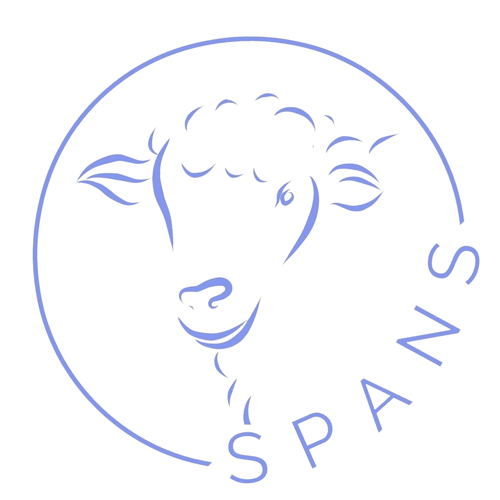Transportation Regulations
CFIA Resources:
- Canada Transport Regulations
- Health of Animals Regulations: Part XII: Transport of Animals-Regulatory Amendments
- Transport Reg eLearning Tool
- Draft Manifest
- Livestock Manifest- FILLABLE**
- Livestock Transport in Canada Brochure
- Make sure your calf is fit for transport
- Timeline of Transportation of Animals
- Transfer of care and record keeping fact sheets
- Records and Transfer of Care comparison for transporters
**The SPANS office has printed Livestock Transportations Manifests books available at the office for a $10 fee (includes 50-triplicate copies per book).
CSF-CFIA Resources:
For additional information, please contact CFIA
—————————————————————————————–
The National Sheep On-Farm Biosecurity Standard
1.1 Biosecurity and Why it is Important to the Sheep Industry in Canada
Biosecurity is often thought to be important only in avoiding catastrophic or foreign animal diseases(FADs). However, in the National Sheep On-Farm Biosecurity Standard (the “Standard”), in addition to having a positive impact on the prevention of FADs, biosecurity is intended to be proactive in helping to reduce the risks of endemic diseases. These are diseases that commonly occur at some level on farms in Canada, and if they can be reduced, flock productivity and the financial well-being of the industry can be improved. Biosecurity practices are also designed to reduce the risk of disease transmission when emerging diseases are discovered.
Farm-level biosecurity is about a series of management practices designed to minimize, prevent or control:
a) The introduction of infectious pathogens onto a farm;
b) Spread within a farm production operation;
c) Export of these pathogens beyond the farm, which may have an adverse effect on the economy, the environment and human health.
Canadian Food Inspection Agency (CFIA)
In order to proactively guard against flock health problems, sheep producers need to be aware of the diseases of concern on their farms, and the risks of both endemic diseases and FADS occurring in their flocks. Certain disease risks commonly occur from time to time in farmed animal production, but they can be managed by practical biosecurity measures applied at the farm-level.
On a sheep farm, a biosecurity plan focuses on:
1) Exclusion: reduce the introduction of pathogens on sheep farms.
2) Management: reduce the spread of pathogens within a sheep farm.
3) Containment: reduce the spread of pathogens between sheep farms or from sheep farms to other animal populations.
Biosecurity addresses risks that could exist, whether they are immediately evident or not. An animal infected with a pathogen may or may not show signs of disease (e.g. off feed, fever, diarrhea). Nevertheless, the pathogen can be reproduced in the animal’s body and be shed through excretions, including saliva, nasal and vaginal secretions, faeces, urine, milk, or aerosols from the respiratory system. These pathogens may not be visible and can contaminate the surfaces in the surrounding environment, including facilities, equipment, tools, and other animals.
